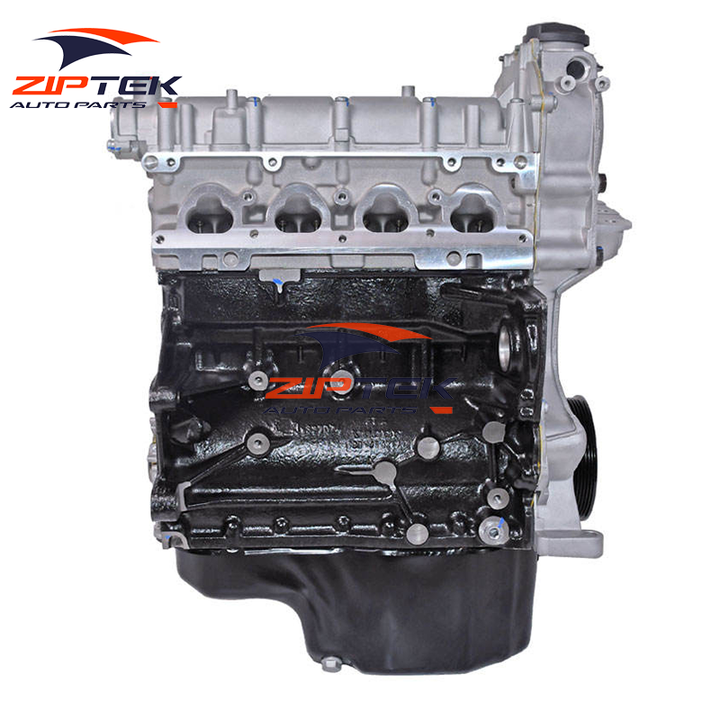Depend on a premium clp engine for heavy-duty use.
How a Clp Engine Can Enhance Efficiency in Numerous Industries
The introduction of CLP engines notes a considerable change in operational performance across numerous industries, driven by their capacity to optimize gas intake and lessen downtime. Industries such as production and logistics stand to acquire substantially from their robust style and consistent power outcome, which assure to improve procedures and enhance efficiency. As companies increasingly prioritize sustainability along with efficiency, the function of CLP engines comes to be much more critical. What stays to be seen is exactly how these advancements will form the future landscape of commercial procedures and their impact on wider financial fads (clp engine).
Review of CLP Engines
CLP engines, or Continual Fluid Propellant engines, represent a significant advancement in propulsion modern technology, specifically for area applications. These engines utilize a continual feed system that permits the sustained expulsion of propellant, resulting in enhanced performance and performance compared to typical solid or hybrid propulsion systems. By maintaining a consistent circulation of fluid propellant, CLP engines can accomplish a lot more exact drive control, which is vital for maneuvering spacecraft in numerous goal situations.
The design of CLP engines incorporates advanced products and innovative gas administration systems. clp engine. This results in minimized weight and increased integrity, vital factors for long-duration area missions. The continual operation lessens the risk of burning instability, an usual challenge in standard rocket engines.

Benefits in Manufacturing
The production of Continual Fluid Propellant (CLP) engines offers a number of significant advantages that enhance both efficiency and cost-effectiveness. One of the key advantages is the structured production process, which reduces the intricacy linked with typical propulsion systems. By making use of liquid propellant, makers can accomplish higher precision in engine performance, leading to optimized power result and minimized waste.
Furthermore, CLP engines facilitate a higher level of modularity, enabling simpler integration into numerous production lines. This versatility can significantly lower preparations and boost general operational adaptability. Making use of CLP technology additionally has a tendency to reduce the demand for considerable maintenance due to less moving components, which translates right into decreased downtime and functional costs.

Applications in Logistics
Leveraging Constant Fluid Propellant (CLP) engines in logistics offers considerable advantages in operational effectiveness and reliability. These engines provide a robust option for numerous transport demands, allowing the smooth activity of products across large distances. The intrinsic layout of CLP engines enables regular power result, which equates into smoother and much more predictable transport timetables.
Among the essential applications of CLP engines in logistics is in heavy-duty products transportation, where they can drive both ground and aerial cars. Their ability to keep high efficiency under varying lots problems makes sure that shipment timelines are met, therefore boosting client complete satisfaction. Additionally, CLP engines can be incorporated right into automated logistics systems, assisting in real-time tracking and maximizing path planning.
In addition, the longevity of CLP engines lowers upkeep downtime, allowing logistics firms to maximize their functional abilities. This is particularly valuable in warehousing procedures, browse around here where efficiency in managing and transferring items is important. As logistics remains to progress, the integration of CLP engines stands for a forward-thinking method that not just improves efficiency but likewise sustains the market's expanding demands for integrity and speed.
Effect on Power Efficiency
Just How do Continuous Liquid Propellant (CLP) engines boost energy effectiveness in transport? CLP engines utilize a constant circulation of liquid gas, this website optimizing combustion procedures and maintaining a stable drive result. This design lessens power losses related to standard burning engines, where fuel shipment can differ and bring about inefficiencies.
The constant procedure of CLP engines permits for a more efficient thermal cycle, leading to greater specific impulse compared to standard engines. clp engine. This converts to decreased gas intake for the same quantity of job done, significantly reducing functional costs across different transport fields, including aviation and maritime markets
In addition, the ability of CLP engines to maintain optimal performance under differing tons problems minimizes the requirement for constant velocity and slowdown, further enhancing fuel performance. Enhanced energy efficiency not only adds to set you back financial savings yet additionally causes reduce greenhouse gas discharges, lining up with worldwide sustainability goals.
Future Trends and Innovations
Emerging developments in Constant Liquid Propellant (CLP) engine technology promise to revolutionize the landscape of transportation efficiency and sustainability. As sectors pivot towards greener options, CLP engines stand at the leading edge, integrating innovative products and style methods that improve efficiency while minimizing ecological effect.
One of one of the most encouraging patterns is the adoption of crossbreed systems that integrate CLP engines with renewable power sources. This synergy can maximize fuel intake and minimize discharges, aligning with worldwide sustainability goals. Innovations in computational fluid characteristics (CFD) are helping with the design of more aerodynamically efficient engines, leading to minimized drag and improved fuel performance.
Additionally, the growth of wise surveillance my sources systems is readied to boost operational effectiveness. These systems utilize data analytics and IoT modern technology to optimize engine performance in real-time, making certain that the engines operate within their most effective parameters.
As research study remains to explore alternate propellant solutions-- such as biofuels and synthetic fuels-- the future of CLP engines looks encouraging. By harnessing these developments, sectors can not just improve their effectiveness yet also contribute substantially to a cleaner, more sustainable future in transport.
Verdict
Finally, CLP engines represent a considerable innovation in efficiency across several sectors. Their capacity to optimize fuel consumption and decrease functional prices, incorporated with a continual feed system, enhances power output and operational reliability. The integration of sophisticated materials and fewer relocating components decreases upkeep requirements, while alignment with sustainability goals settings CLP engines as a critical innovation for the future. Proceeded innovation in this field promises further improvements in efficiency and environmental performance.